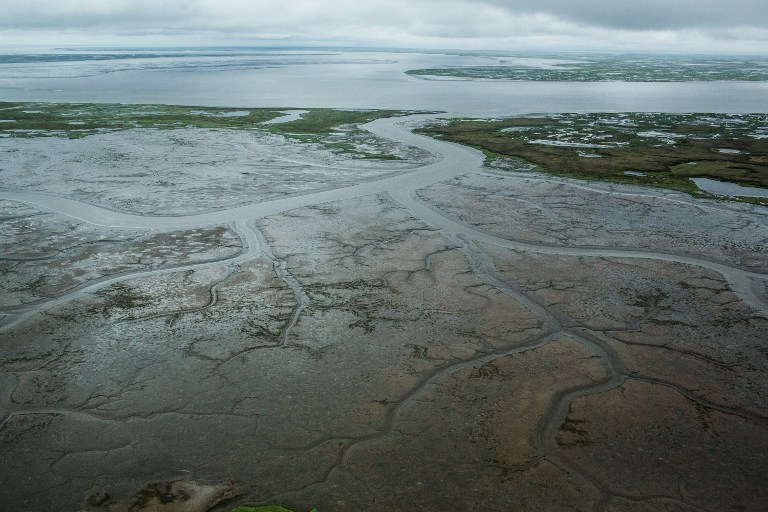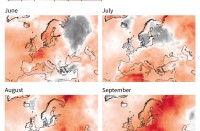
WASHINGTON, United States (AFP) — The Alaskan tundra appears to be emitting more carbon dioxide than it captures, a dynamic that could accelerate climate warming as vast stores of CO2 trapped in Arctic soils are unlocked by rising temperatures.
A question scientists have had is whether a warming climate would lead to a greater intake of CO2 through photosynthesis during the summer growing season.
But a study published Monday in the Proceedings of the National Academy of Sciences found that in Alaska’s North Slope any increase in the uptake of CO2 was more than offset by especially high rates of CO2 “respiration” during early winter.
Data gathered by the National Oceanographic and Atmospheric Administration showed a 73 percent in carbon emissions between 1975 and 2015 during that October to December period, according to the study led by Roisin Commane of Harvard University.
“We present the first quantitative evidence for large, regional-scale early winter respiration flux, which more than offsets carbon uptake in summer in the Arctic,” the researchers said.
Their findings support the view that “rising temperatures have made Arctic ecosystems a net source of CO2,” they said.
A question it raises is to what extent increase in emissions is from the decomposition of ancient vegetation trapped for decades or even centuries in the permafrost, and now being exposed to the atmosphere.
The researchers estimate that the Arctic permafrost contains more CO2 than the Earth’s atmosphere.
Forty years ago, the ground in Alaska froze completely in less than a month in autumn, whereas it now may take three months to freeze in some places.
The Arctic is warming at twice the rate as the rest of the planet, and Alaska has seen three consecutive years of record high temperatures, the scientists noted.
In 2016, the planet’s hottest since records were first kept in 1880, the temperature was 3.27 degrees Celsius above the historic average.
© Agence France-Presse







